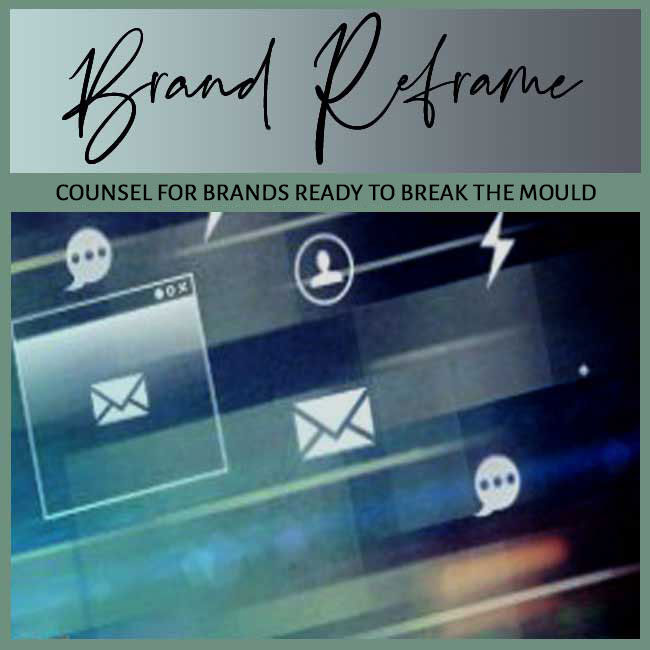
FOCUS: BRAND SCALING RISKS | AUDIENCE: INVESTORS IN SLUGGISH BRANDS
BY: SHOBHA PONNAPPA | BRAND BREAKTHROUGH STRATEGIST | 45 YEARS | 125+ CLIENTS
I answer 6 tough questions about why acquisition talks musn’t heat up when brand equity is still too low to sustain value.
I often meet investors excited by strong acquisition signals … good financials, market presence, and an active buyer’s interest … only to discover that the brand itself isn’t pulling its weight. The fundamentals of equity, such as awareness, trust, and distinctiveness, are shaky. This disconnect isn’t just cosmetic … it’s a core risk to any deal’s long-term returns. In this post, I tackle six common questions that arise when acquisition energy outpaces brand strength.
In many cases, potential buyers are drawn by tangible business metrics … revenue, market share, distribution networks … without fully weighing the intangible brand assets. If a company is operationally strong but brand perception is weak, acquisition talks can still spark, but they carry hidden fragility.
Buyers often believe they can “fix” the brand post-acquisition. While that’s possible, it can be expensive and slow. Low brand equity means the customer base may not be loyal, competitors can more easily lure them away, and marketing spend must be heavier to achieve the same results.
The number one risk is value erosion after the deal closes. Without strong brand equity, sales momentum may falter the moment leadership changes hands. The goodwill that fuels repeat business and premium pricing might simply not exist.
There’s also the risk of underestimated timelines. Strengthening brand equity is not an overnight fix. If the acquisition plan relies on quick scaling, a weak brand can derail projections. Investors then face both delayed returns and mounting pressure from stakeholders.
Yes … and it happens more than people think. If valuation models lean heavily on short-term performance and overlook brand strength indicators, the asking price can far exceed the true sustainable value.
Due diligence should always include a brand equity audit. Metrics like unaided awareness, Net Promoter Score, and brand association mapping reveal the real picture. Without this, investors risk overpaying for what is essentially a leaky vessel.
Start with a structured brand audit that examines awareness, relevance, differentiation, and loyalty. This should combine market research, customer interviews, and digital footprint analysis. Even a rapid audit can uncover whether the brand has authentic pull or relies solely on promotional push.
Also, analyse the brand’s narrative consistency across channels. If the messaging feels fragmented or reactive, it’s a red flag. A coherent, memorable brand story is often a more reliable growth driver than one-off campaign spikes.
While you can’t rebuild a brand in the middle of a deal, you can strengthen perception touchpoints quickly. Sharpen the value proposition, unify visual identity, and make customer wins more visible. These moves can increase buyer confidence and potentially protect valuation.
However, think of this as staging a house before sale … it makes the property more attractive, but it doesn’t change the foundations. Real brand equity growth requires sustained, post-acquisition strategy.
If the acquisition target has low brand equity, factor the cost and time to build it into your projections. Negotiate accordingly … either through price adjustments, earn-out structures, or brand investment commitments from the seller.
Also, secure a clear post-acquisition brand strategy before signing. This ensures there’s alignment on how to close the equity gap and prevents scrambling once ownership changes hands.
If these questions resonate, you may be looking at a deal where momentum masks fragility. The brand may not be broken … but it’s not built for sustainable growth. Addressing this before the ink dries can be the difference between an acquisition that compounds value and one that slowly drains it.
If you’re brand owner or manager seeking stronger brand performance, this FAQ Insight Post I wrote could interest you: “FAQs: When Your Emails Get Opened but Rarely Answered.“
And if you’re a solo expert looking to sharpen traction, this FAQ Insight Post I worked on may resonate: “FAQs: When Your Content Sounds Smart but Still Lands Flat.“

"One BIG IDEA can turn brand stagnation into unstoppable movement. Spots are limited each week ... book your breakthrough session now."
Shobha Ponnappa
More Breakthrough Ideas … Case Studies & FAQs … from the Brand Scaling Risks Category
Case Studies
FAQ Insights
Smart insights, real-world frameworks, and idea-driven clarity – designed to help brands move.
Get my fortnightly Brand Reframe newsletter. Smart insights, distilled thinking, and focused momentum to help your brand lead.

Get my free AI strategy guide. Smart prompts, sharper briefs, and practical ways to make AI support your brand momentum.

Just fill in the form to join. Get my newsletter and the guide shown alongside, all with several game-changing tips.